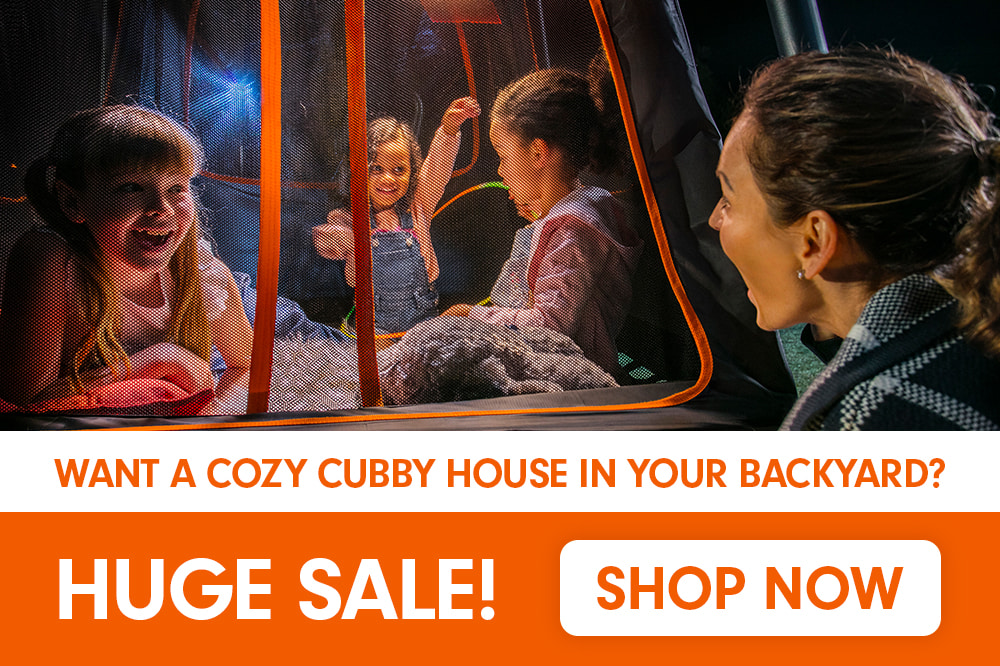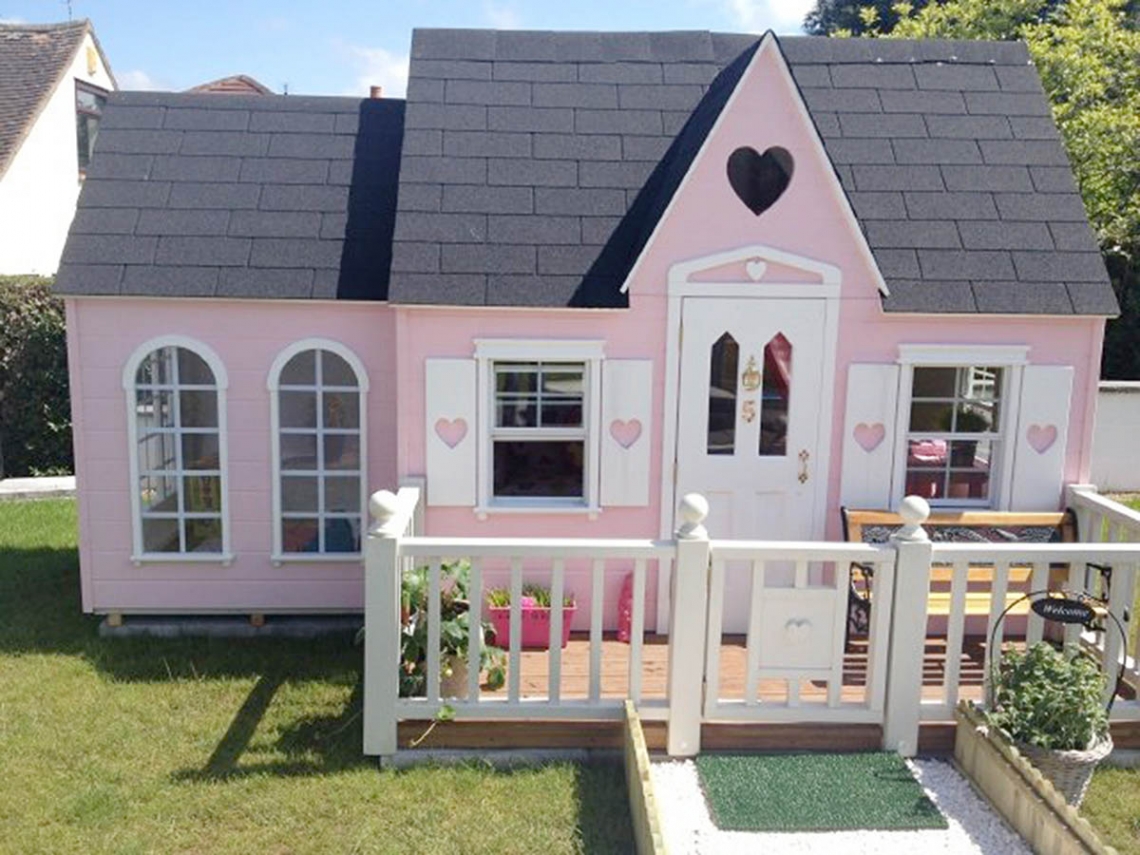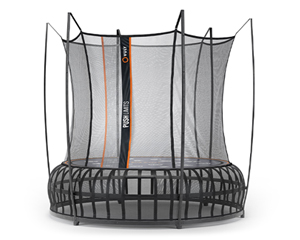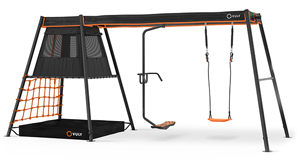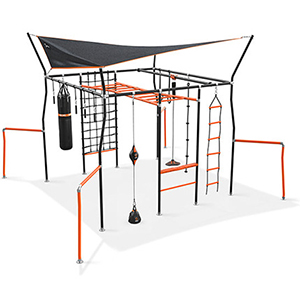Cubby Houses and Forts as they’re called in Australia, or Wendy Houses, as they are typically referred to in the UK and USA after the tale of Peter Pan, are a type of childrens’ playhouse.
The reference to cubby houses is quite broad, and encompasses everything from temporary pillow setups to permanent wooden structures. As kids’ play equipment becomes more sophisticated, cubby houses have evolved to include some very sophisticated designs.
Brief history of the cubby house
Most people agree that the idea of a cubby house first went mainstream after JM Barrie’s Peter Pan play of 1904. In the play, Wendy is injured shortly after coming to Neverland and Peter Pan and the Lost Boys build a small house around her to keep her safe.
Ever since, kids toy manufacturers have been competing to create the best cubby house. This has resulted in many unique designs coming to the market.

Why are cubby houses so popular?
The benefits of having a quality cubby house are numerous. They provide a private space for your kids to play in, and entertainment for years to come. There’s a cubby house to suit children of all ages and interests, with different sizes and themes available. This has all contributed to their mass adoption in suburban homes all over the world.
Types of cubby houses:
Wooden cubby houses
These are probably the most common type of cubby houses. Wooden cubby houses are permanent structures typically built outside. Often they are attached or part of a larger kids play area that often includes climbing equipment and a slippery slide.
Sometimes such cubby houses are fashioned after regular houses, where doors and windows are integrated into the design. This provides an extra level of realism that kids will definitely appreciate.
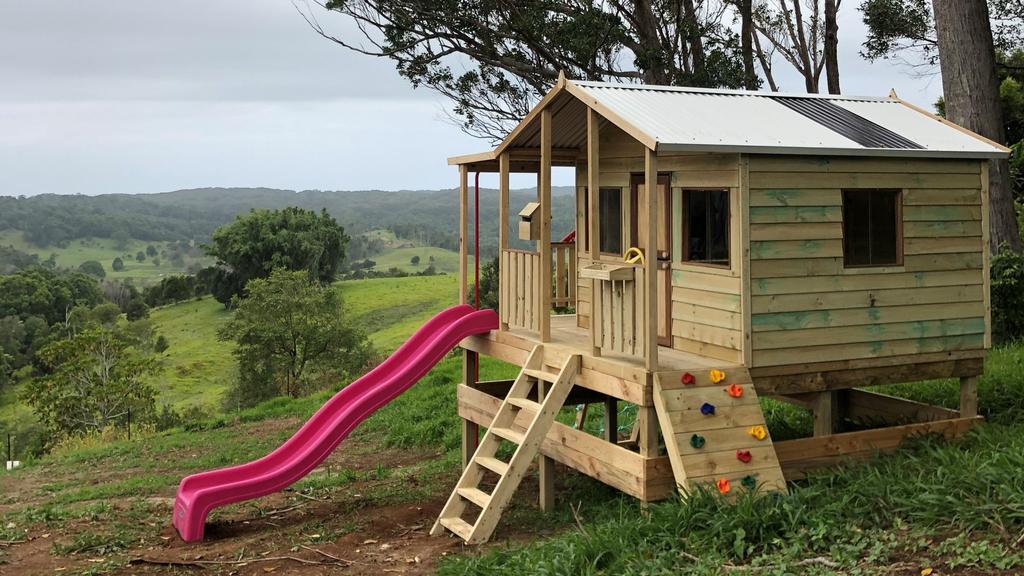
Plastic cubby houses
Some cubby houses are made out of plastic. Generally, these are smaller and more portable. They can often be disassembled and reassembled - which makes them great for rental properties where landlords often have strict rules surrounding building extra structures.
Plastic is often easier to work with, and can make for more intricate designs. It also better weathers the elements and is less susceptible to termite damage. But despite this, many people still prefer the aesthetic of wooden cubby houses.
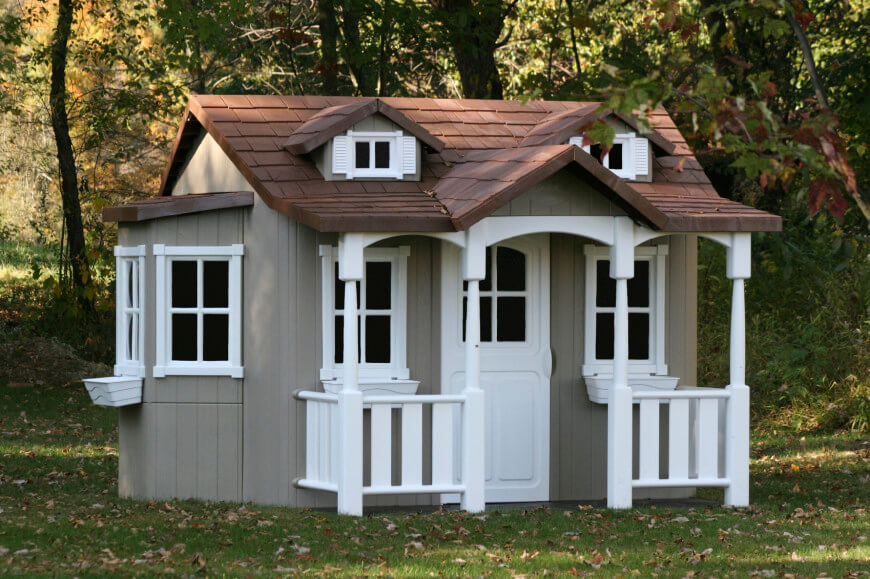
Indoor cubby houses
Smaller indoor cubby houses have also infiltrated the market, and often are paired with beds to create a space that doubles as both a place to sleep as well as a play area. A great example is the Vuly Den.
These types of cubby houses come in the form of play tents, kids teepees, and other structures that incorporate soft sheet canopies and covers. Sometimes these structures have a solid base underneath the covers, which can double as a climbing accessory.
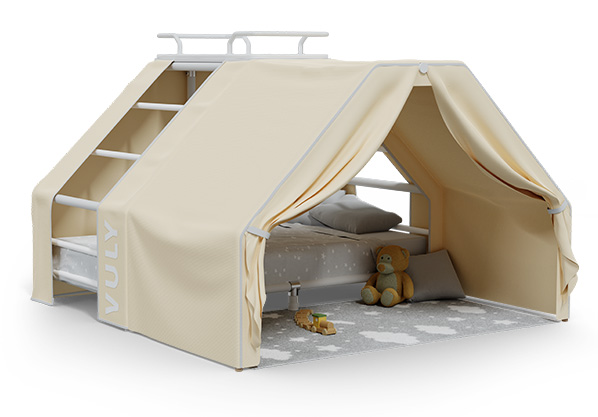
Play kitchen pretend sets
A variation of the cubby house is a play kitchen. Sometimes these are included inside of a cubby house, which gives children more ways to play. Pretend kitchen sets are great for kids that love cooking. It can provide them with an avenue for exploring the kitchen where they don’t make a massive mess in yours!
Play kitchens can also be great for kids that love science, as it allows them to mix and play with various ingredients without stinking up the house. Ever wanted to show your kid a baking powder volcano? Well a kitchen playset is the perfect place for this messy experiment!
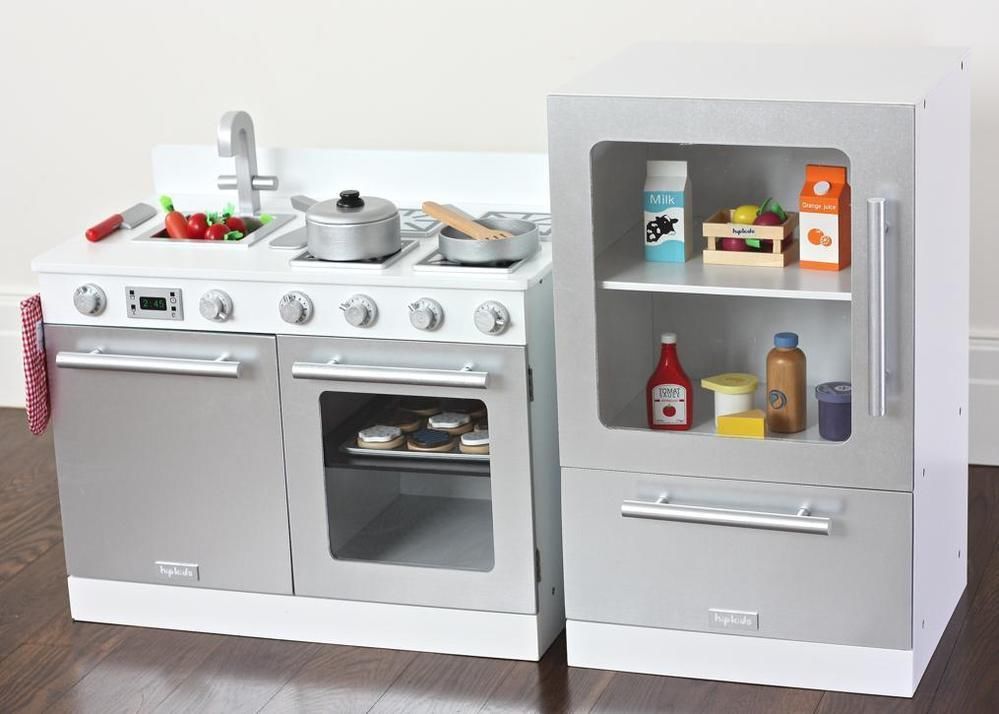
Cottage cubby houses
Like the name suggests, cottage cubbies resemble a small wooden house - they have doors and windows and can often fit other toys and even small furniture inside. Often these types of cubbies are standalone, and are not included as part of a larger playset.
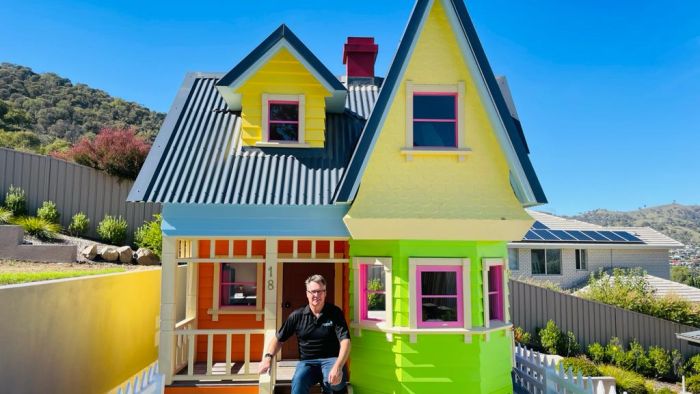
Elevated cubby houses
Elevated cubbies typically resemble a small kids’ playground. They are often paired with climbing features and a slippery slide. These usually wooden cubby houses are elevated on stilts and can make play more exciting by introducing a vertical element.
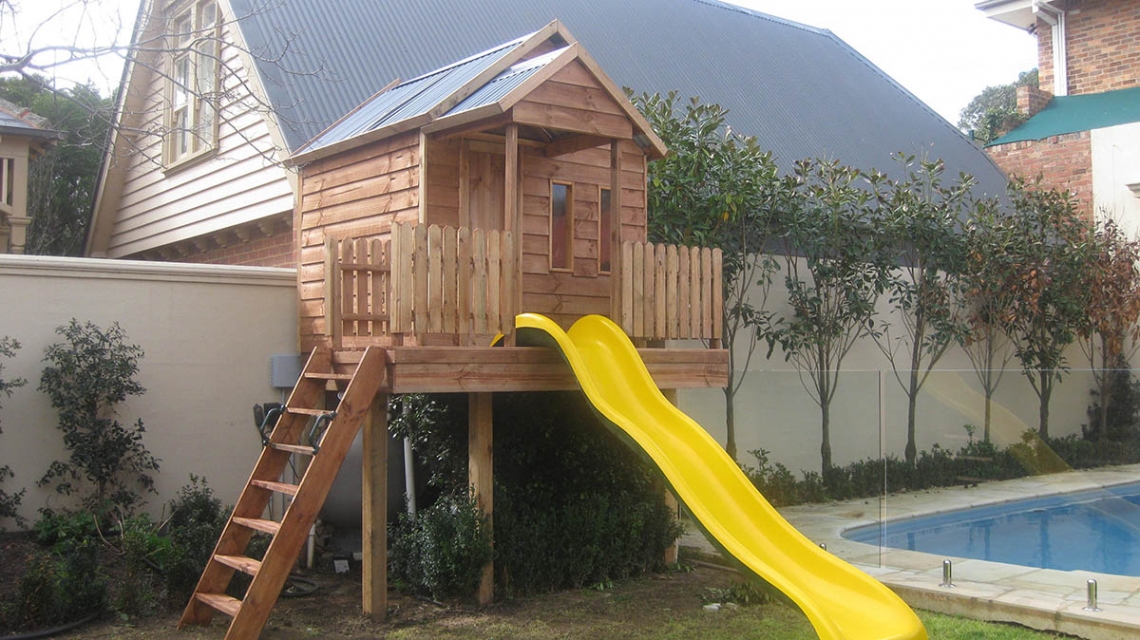
Toddler Play Houses
Markedly smaller than their cubby house counterparts, toddler playhouses are designed to keep smaller children entertained. Due to their smaller nature and the convenience of portability, they are made from plastic. They are easy to take apart and can be moved as necessary without much issue.
Toddlers will love their own little space to both play and keep their toys. The simplicity of these structures reduces the potential for injury, and so you can rest assured that your child is safe.
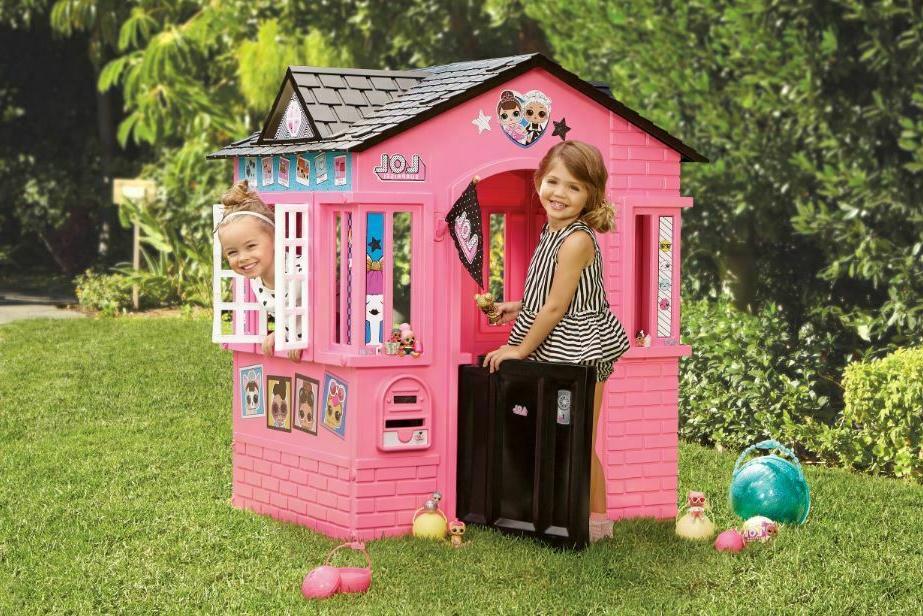
Wendy houses
Wendy houses in the United Kingdom and United States typically look like cottage style cubby houses in Australia. Unlike the Australia term for cubby houses, Wendy houses fall into a more narrow description, which describes them as ‘house’ like structures, rather the more freeform concept in Australia, where cubby houses incorporate more diverse structures - including indoor cubby houses that look more like play tents.
Many DIY enthusiasts also build their own cubby houses!

















































